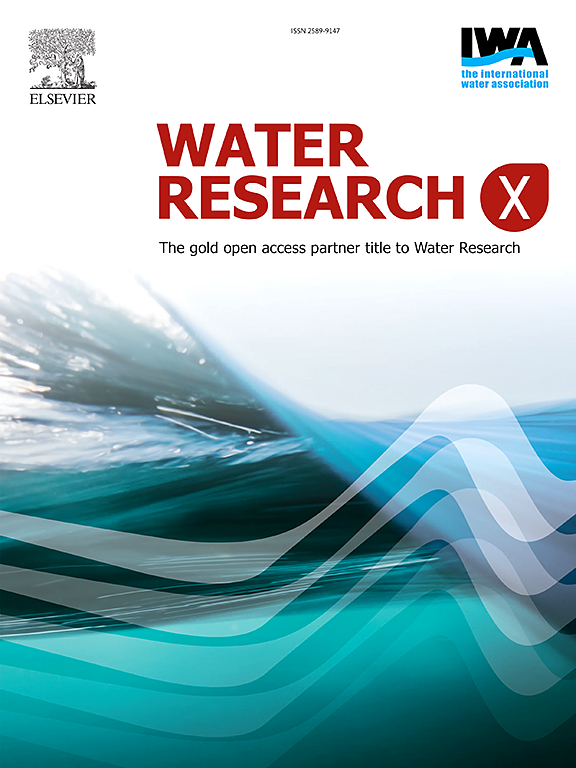情境感知数据驱动传感器数据分析:应用于城市排水管网H2S浓度预测
IF 8.2
2区 环境科学与生态学
Q1 ENGINEERING, ENVIRONMENTAL
引用次数: 0
摘要
本文提出了一种上下文感知数据驱动的方法,用于分析来自传感器的大数据。与传统方法不同,该方法包含影响被监测系统动态行为的外生变量或上下文信息。例如,在供水系统的情况下,包括水需求变化和压力在内的关键系统变量受到诸如一天中的时间、一周中的哪一天、异常事件、季节变化和天气条件等因素的显著影响。这些上下文信息创建了水需求和压力之间的动态关系,这对于理解系统行为至关重要。具体来说,上下文感知方法将使用来自传感器的当前和过去的观测值(通常是记录系统动态行为的时间序列数据),此外还包括关于空间上下文的上下文信息(例如,不同传感器值之间的相关性)和时间上下文(例如,观测值与一周中的天数和一天中的时间之间的相关性)。该方法基于对来自不同传感器的大型实时数据集的分析,应用于实际城市排水网络中硫化氢(H2S)浓度的预测。尽管数据集是具有不均匀时间间隔、不确定性和错误数据的变量,但上下文感知方法可以识别不同数据集之间的相关性,从而高精度地预测H2S浓度(R2 >;0.92;Rmse = 0.029)。该方法也被证明对深度神经网络方法具有鲁棒性。本文章由计算机程序翻译,如有差异,请以英文原文为准。

Context-aware data driven sensor data analysis: With application to H2S concentration prediction in urban drainage networks
This paper presents a context-aware data-driven approach for the analysis of big data from sensors. Different from conventional methods, this approach incorporates exogenous variables or contextual information that influences the dynamic behaviour of the monitored system. In the context of water distribution systems, for example, key system variables including water demand variations and pressure are significantly affected by factors like time of day, the day of the week, unusual events, seasonal variations and weather conditions. This contextual information creates dynamic relationships between water demand and pressure, which are critical for understanding system behaviour. Specifically, the context-aware method will use present and past observed values from sensors (which are normally time-series data recording the system’s dynamic behaviour), in addition to also including contextual information regarding the spatial context (e.g., the correlation between the values of different sensors) and temporal context (e.g., correlation between observed values and days of the week and time of the day). The method is applied to the prediction of Hydrogen Sulphide (H2S) concentration in a real-world urban drainage network, based on the analysis of big real-time data sets from different sensors. Although the datasets are variables with non-uniform time intervals, uncertainties, and faulty data, the context-aware method identifies the correlations among different datasets to predict the concentration of H2S with high accuracy (R2 > 0.92; RMSE = 0.029). The method is also proven robust for a Deep Neural Networks approach.
求助全文
通过发布文献求助,成功后即可免费获取论文全文。
去求助
来源期刊

Water Research X
Environmental Science-Water Science and Technology
CiteScore
12.30
自引率
1.30%
发文量
19
期刊介绍:
Water Research X is a sister journal of Water Research, which follows a Gold Open Access model. It focuses on publishing concise, letter-style research papers, visionary perspectives and editorials, as well as mini-reviews on emerging topics. The Journal invites contributions from researchers worldwide on various aspects of the science and technology related to the human impact on the water cycle, water quality, and its global management.
 求助内容:
求助内容: 应助结果提醒方式:
应助结果提醒方式:


